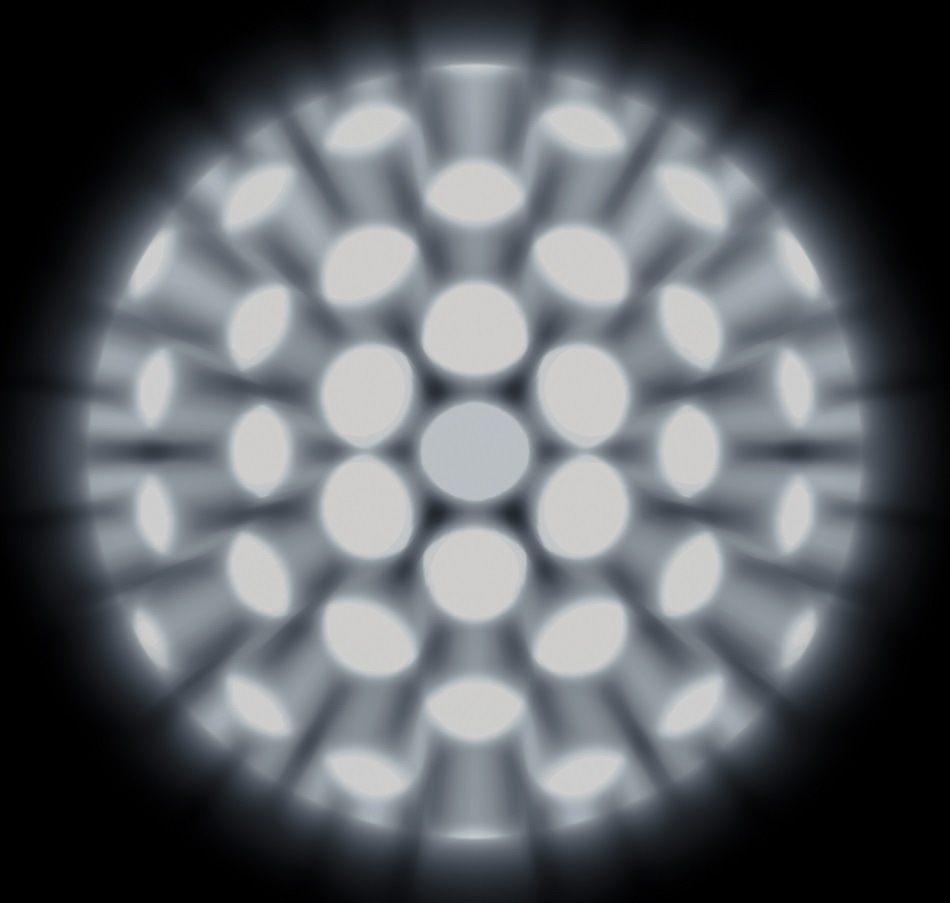Jun 9 2017
Nanocrystals synthesized through wet-chemical process have already been used in applications such as background lighting in new-generation flat panel displays. Their futuristic application would be as active elements for producing better color brilliance. They are even applied for medical diagnosis and treatment.
 GiroScience/Shutterstock.com
GiroScience/Shutterstock.com
Now a Research team headed by Dr Christian Klinke at the University of Hamburg has been victorious in demonstrating the electronic spin effects in nanoplatelets. This research might pave the way for the development of highly powerful and cost-efficient transistors and computer chips that consume lesser power in the future. The research has demonstrated that these two-dimensional materials are also favorable as they are less costly to synthesize extensively in a lab.
The focus of Dr Christian Klinke’s team is around the production and characterization of two-dimensional semiconductor nanocrystals. Not only the structure but also the electrical and optical characteristics of the nanoplatelets can be adjusted ‒ through quantum mechanical effects—the reason why these materials are readily used in computer circuits and solar cells.
While the functioning of the classical devices is dependent on the movement of electrons, functioning of the spintronic components is dependent on electron spin orientation. Light passing through special optical elements is circularly polarized, i.e. the light receives a torque. When semiconductor materials are illuminated using circular-polarized light, the electrical charges can be aligned to correspond to their spin (torque) and converted into an electrical current without the need for voltage supply. Analysis of the produced current will throw the lights on spin-dependent properties of the crystal.
At present, the research has been successful in demonstrating the Rashba effect in two-dimensional lead sulfide nanoplatelets, which is specifically fascinating because it cannot be usually noticed owing to the high crystal symmetry of the nanoplatelets. This symmetry can be disrupted and consequently the current can be measured only when an effective electric field is applied. The effect can be regulated by altering the layer thickness of the nanoplatelets, the intensity of the electric fields and the properties of the light used. Thus the conditions can be particularly adapted to suit the targeted applications, thereby allowing external manipulation of the spin of electrons. The simulations of the electronic structure of the materials generated by the team of Professor Carmen Herrmann from the University of Hamburg supported the experimental observations.
The findings are particularly valuable as it was demonstrated for the first time that basic effects of electric spin transport are also possible in wet-chemically generated nanomaterials. This raises hope that also other interesting phenomena can be observed in these materials, which will contribute to improving our understanding of their properties.
Dr Christian Klinke, University of Hamburg
The innovative and in-depth knowledge provided by the research has been elaborately reported in the Nature Communications journal, and enhances our understanding of the opto-electronic characteristics of customized nanostructures. Such in-depth understanding will assist in the further analysis of helpful two-dimensional systems and their usage in the areas of information technology, regenerative energies and catalysis.
In the 21st century, nanotechnology has become an important technology. Materials measuring just a few nanometers, that is, one-millionth of a millimeter, have distinctive magnetic, electrical, optical, as well as photoelectric properties. They can be applied for efficient light-emitting diodes, photodetectors, solar cells, flexible transistors, novel sensors and computer chips, but also in medical and biological applications. In-depth knowledge of the opto-electrical characteristics of nanostructures and accurate control of these characteristics enable the application of these structures in semiconductor electronics at the interface of optical and electromagnetic systems, thereby resulting in the development of innovative energy-saving and high-performance processors.